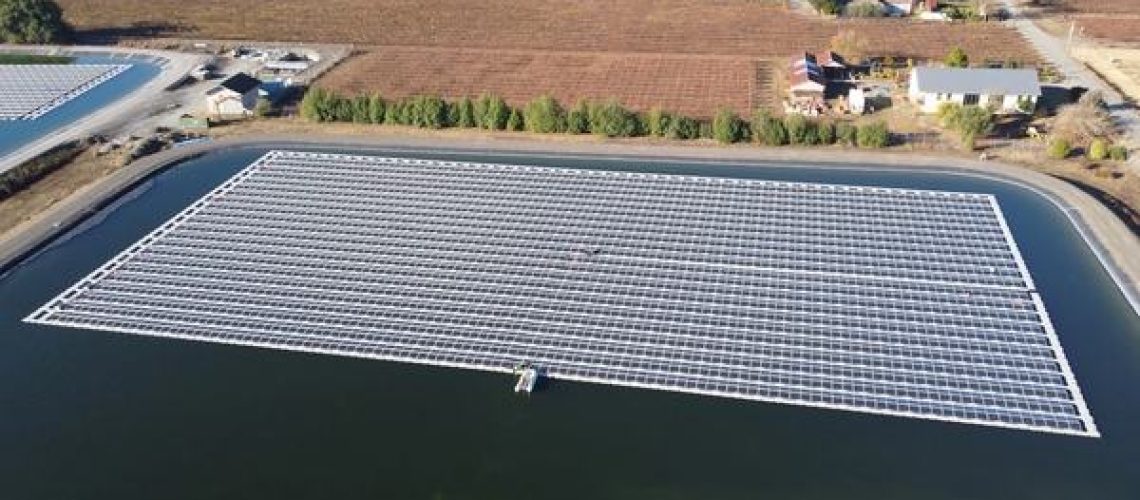The investment marks Greenbacker’s entry into the world of floatovoltaics and will allow Noria Energy to expand its project pipeline
Greenbacker Capital announced that it has, through an affiliated fund, made an equity investment in Noria Energy, a California-based solar developer with experience and specialty in developing floating solar projects (floatovoltaics).
The investment marks Greenbacker’s entry into the floatovoltaic market, and will enable Noria to scale its platform, while executing on and expanding its existing pipeline of solar projects.
“Greenbacker is thrilled to partner with Noria to build our presence in the floating solar market,” said Ben Baker, Managing Director and Principal of the Fund. “The Noria team’s track record and innovation in the space, along with their overall solar development expertise, position them well to continue expanding and contributing to a clean energy future.”
Founded in 2018, Noria has developed both floating and traditional solar projects, with over 1GW of constructed capacity in company’s history. The company also has a project pipeline in excess of 200MW, a figure that is expected to expand quickly following this investment.
Noria is also responsible for co-developing the largest floatovoltaic project currently operating in the US. The 4.8MW Healdsburg Floating Solar Project was installed on ponds at the City of Healdsburg’s wastewater treatment plant. It is contracted deliver energy to the city under under a 25-year power purchase agreement.
Noria Energy co-developed the project with White Pine and provided installation services. The behind-the-meter project’s entire installation, from procurement to commissioning, was completed in less than six months.
In 2018, the National Renewable Energy Laboratory estimated that installing floating solar photovoltaics on the more than 24,000 man-made U.S. reservoirs could generate about 10% of the nation’s annual electricity production. The technology also offers generally higher energy production, due to the cooling effects of water and wind. Even so, the floating solar has not reached widespread adoption, due in part to higher overall costs than traditional PV plants.



